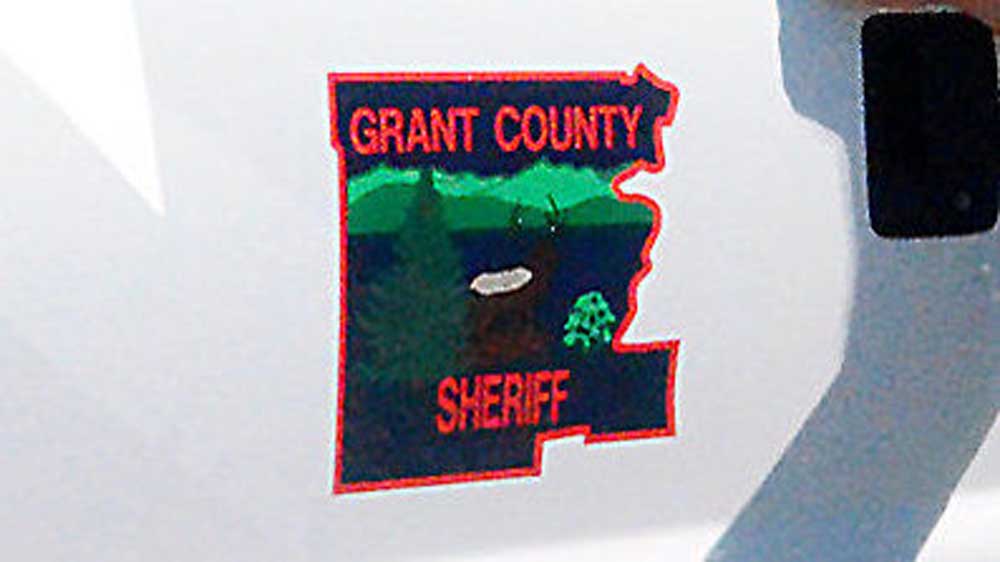Lone case of Mad Cow disease hits Northwest
Published 4:00 pm Tuesday, December 30, 2003
A case of bovine spongiform encephalopathy (BSE), commonly known as mad cow disease, was detected Dec. 22 in Washington state. The U.S. Department of Agriculture quarantined a farm near Mabton, Wash., where the animal originated, and set up a trace on the carcass and meat. Since then an additional Washington farm has been quarantined as a calf from the ill cow was part of the herd.
Elsa Murano of USDA said the Holstein was slaughtered Dec. 9 at in a small, federally inspected plant. The meat was deboned at Midway Meat Co., Murano said. The meat then went to two meat processing plants, Willamette and Interstate Meat, in the Portland area.
In a national teleconference with reporters, Agriculture Secretary Ann Veneman said discovery of a single BSE case isn’t cause for alarm about safety of beef.
“I do not hesitate to say beef is safe to eat,” she said.
USDA’s Animal Plant Health Inspection Service and Washington Department of Agriculture put a much-practiced BSE plan into action hours before the official announcement. That included a quarantine of the farm where the cow originated and interviews of handlers at the slaughterhouse, the deboning facility and two processing plants that subsequently handled muscle cuts of meat.
The preliminary results issued Dec. 22 from USDA’s lab in Ames, Iowa, was conclusive, and the news reported to the public although the case was not confirmed. On Christmas Day the international BSE laboratory in England confirmed the tissue samples taken from the cow were infected.
“We decided that we couldn’t wait (for international confirmation) to give the public information,” she said. “We certainly don’t have all the information now.”
Murano said inspectors confirmed that none of the bone or spinal cord matter from the Washington cow made its way into the human food chain.
“We applaud the swift action of U.S. Department of Agriculture and the aggressive investigation they are pursuing,” said Terry Stokes, chief executive officer of National Cattlemen’s Beef Association.
This is the first confirmed BSE case in the United States. BSE was first confirmed in England in 1987.
The New York Times first reported on Saturday, Dec. 27, the sick cow came from Canada, which had an outbreak of BST last spring, although at present there’s no indication the two cases are linked. The Holstein arrived in the U.S. about two years ago and was reportedly 6.5-years-old, although the U.S. papers say it was 4- to 4.5-years-old.
The disease takes approximately four to 10 years to incubate and the disease is believed to be contracted by animals eating feed containing proteins derived from processed cattle. The U.S. and Canada banned the use of proteins as feed for cows in 1997. Due to the age of the ill cow from Washington, this information could place this cow’s birth before the ban on cow-proteins in feed.
The cow came from a herd of 74, from an Alberta dairy farm and most likely those other cows are still alive according to Dr. Ron DeHaven, chief veterinarian for the Department of Agriculture. Those cows may not be infected, but the search continues for the remaining herd.
Although the full economic impact of the case is yet to be determined, approximately 30 nations have banned the import of U.S. beef and U.S. exports of beef are down 90 percent. The Chicago Mercantile Exchange is limited to a daily change in price of 1.5 cents, but doubled the limit and expanded the limit again, to 5 cents a pound, for Monday’s session.
Shares in related industries, namely meat processing companies are down, although shares in restaurant chains featuring beef that initially dropped in price have recovered.
Nevertheless, it seems many Americans are continuing to buy beef. The chance of contracting a similar human form of the disease, known as variant Creutzfeldt-Jakob (vCJD), is remote. The disease is thought to be contracted by consuming products that contain brain or spinal cord tissue from an infected animal, not muscle meat or by-products such as milk. Officials say the ill cow’s brain and spinal cord were removed. As an added safeguard approximately 10,000 pounds of meat have been recalled and several major grocery chains have pulled some meat from their shelves.
Britain successfully battled a devastating outbreak of Mad Cow disease in the 1980s and 1990s. Today they test all cattle over 30-months-old if they are destined for human consumption and test all cattle over 24-months-old that die on farms or are killed as a result of illness. Britain also implemented the 1996 Cattle Passports Order, which mandates papers be issued for all cattle from the age of 28 days and permission from the Ministry of Agriculture for any movement or sale of cows. Inspections and meat handling requirements in Britain have been centralized. The European Union no longer bans British beef and sales have recovered.





